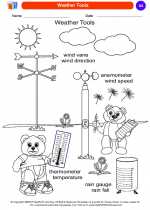Connective Tissue
Connective tissue is one of the four basic types of animal tissue, along with epithelial, muscle, and nervous tissues. It serves to support, bind, and protect other tissues and organs of the body. Connective tissue consists of cells, fibers, and ground substance, and it is widely distributed throughout the body. There are several types of connective tissue, each with its own specialized functions and characteristics.
Types of Connective Tissue
1. Loose Connective Tissue: This type of connective tissue contains loosely arranged fibers and cells embedded in a semi-fluid ground substance. It provides support and elasticity to the organs.
2. Dense Connective Tissue: Dense connective tissue is characterized by tightly packed collagen fibers that provide strength and support to the body, such as tendons and ligaments.
3. Cartilage: Cartilage is a firm, flexible type of connective tissue found in various parts of the body, including the joints, ears, and nose. It provides support and cushioning to the adjacent structures.
4. Bone: Bone tissue is a hard, mineralized connective tissue that forms the skeletal system, providing support, protection, and mineral storage for the body.
5. Blood: Blood is considered a connective tissue due to its origin from mesenchyme and its role in transporting nutrients, gases, and waste products throughout the body.
Functions of Connective Tissue
- Providing structural support and framework for the body
- Connecting and binding tissues and organs together
- Providing protection to delicate organs and structures
- Assisting in the transportation of substances within the body
- Playing a role in the immune response and inflammation
Study Guide
To understand connective tissue, it's essential to study the following aspects:
1. Cell Types: Familiarize yourself with the different types of cells found in connective tissue, such as fibroblasts, macrophages, and adipocytes.
2. Fiber Types: Learn about the various types of fibers present in connective tissue, including collagen, elastic fibers, and reticular fibers, and their respective functions.
3. Ground Substance: Understand the composition and function of the ground substance in connective tissue, including its role in providing support and facilitating nutrient exchange.
4. Types of Connective Tissue: Study the characteristics and functions of loose connective tissue, dense connective tissue, cartilage, bone, and blood, and identify their locations in the body.
5. Functions: Explore the diverse functions of connective tissue and how it contributes to the overall structure and function of the body.
By mastering these key aspects, you will gain a comprehensive understanding of connective tissue and its importance in the human body.
.◂Science Worksheets and Study Guides Kindergarten. Weather

 Coloring Worksheet
Coloring Worksheet
 Coloring Worksheet
Coloring Worksheet
 Coloring Worksheet
Coloring Worksheet
 Coloring Worksheet
Coloring Worksheet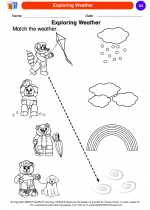
 Coloring Worksheet
Coloring Worksheet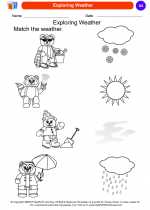
 Coloring Worksheet
Coloring Worksheet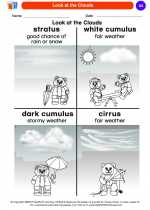
 Coloring Worksheet
Coloring Worksheet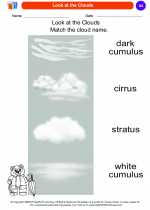
 Coloring Worksheet
Coloring Worksheet
 Coloring Worksheet
Coloring Worksheet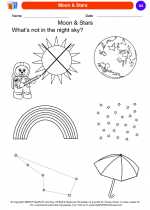
 Coloring Worksheet
Coloring Worksheet
 Coloring Worksheet
Coloring Worksheet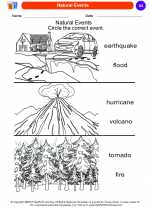
 Coloring Worksheet
Coloring Worksheet
 Coloring Worksheet
Coloring Worksheet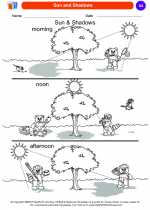
 Coloring Worksheet
Coloring Worksheet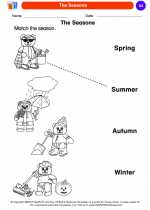
 Coloring Worksheet
Coloring Worksheet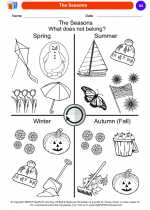
 Coloring Worksheet
Coloring Worksheet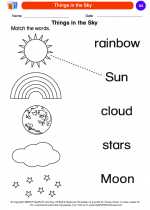
 Coloring Worksheet
Coloring Worksheet
 Coloring Worksheet
Coloring Worksheet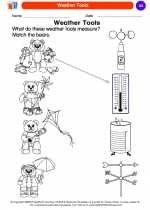
 Coloring Worksheet
Coloring Worksheet